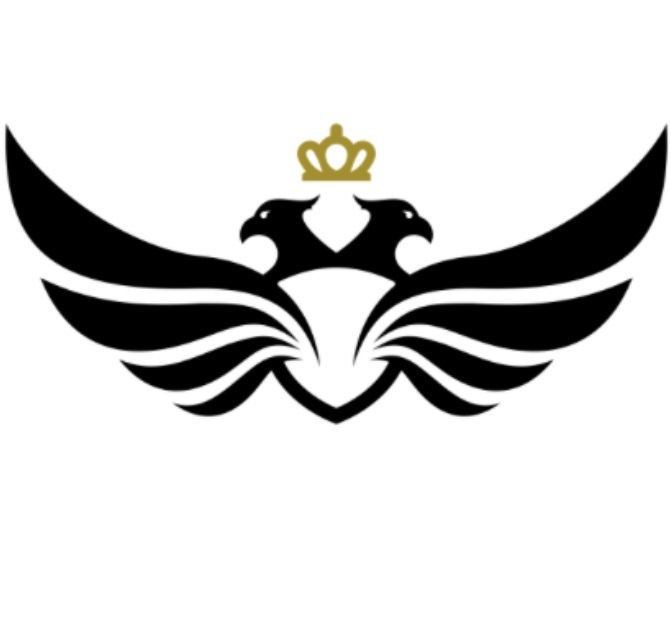In December 2024, a 35-year-old traffic police officer, Mr. Liu from Fuyu City, Jilin Province, was severely injured in a car accident, suffering a spinal cord injury that left him completely paralyzed below the neck.
If not for undergoing a pioneering “spinal cord–nerve interface”clinical trial at the Second Hospital of Jilin University, he might have remained bedridden for the rest of his life.
In early October, the hospital announced that a team led by Professor Wu Minfei, Vice President and Chief Spinal Surgeon, had restored voluntary walking ability in a quadriplegic patient using the world’s first precise neural regulation via a spinal cord interface.
Mr. Liu can now walk independently with assistance.
“Less than a year after surgery, the patient’s recovery has far exceeded our expectations and continues to improve, showing signs of neural remodeling,” said Prof. Wu.
Because nerve fibers cannot regenerate, spinal cord injury has long been considered a “century-long challenge” in medicine—and treating quadriplegia is even harder than lower-limb paralysis.
The Jilin University team’s breakthrough may open a **new chapter in spinal cord injury treatment.
A medical miracle after high-level paralysis
Mr. Liu was injured while on duty and rushed to Jilin University’s Second Hospital. Tests revealed **severe lung damage, massive pleural effusion, a dislocated fracture of the third cervical vertebra (C3), and respiratory failure—putting his life in grave danger.
“Many patients with injuries above the fourth cervical vertebra don’t even make it to the hospital,” Wu noted.
The hospital immediately launched its emergency trauma protocol. Wu performed spinal decompression and internal fixation surgery, leaving space for a possible future spinal interface implant.
The operation was successful. A month later, Liu’s vital signs stabilized—but he remained completely paralyzed below the neck, with loss of motor and sensory function and bladder/bowel control.
“Unlike lower-limb paralysis, his condition meant he couldn’t even sit in a wheelchair—he had to stay in bed all day,” Wu said.
After full communication and informed consent, a second surgery was performed in January 2025: the world’s first implantation of a spinal cord–nerve interface in a quadriplegic patient.
The technology behind the miracle
The spinal cord–nerve interface is designed to establish a direct communication channel with the spinal nervous system. By implanting microelectrodes to deliver electrical stimulation, it activates motor neurons and enables voluntary control of paralyzed limbs.
Six hours after the surgery and activation, Mr. Liu’s fingers began to move slightly on their own.
Even when the stimulation was turned off, his fingers and toes could still twitch—suggesting that electrical stimulation might have triggered neuron regeneration.
Within three months, an exoskeleton robot was introduced to aid standing and walking. By month five, Liu could walk with a walker, and by September 2025, he walked independently with only minimal support.
“The speed and scale of his recovery are far beyond our expectations,” said Wu. “At this rate, he may soon walk fully on his own.”
A world-first scientific breakthrough
The concept of spinal electrical stimulation is not new—Professor Grégoire Courtine at EPFL in Switzerland has made landmark progress restoring movement in paraplegic patients using brain–spine interfaces.
However, the “spinal cord–nerve interface” pioneered by Wu Minfei’s team differs fundamentally: it directly regulates spinal motor neurons without implanting electrodes in the brain—making it less invasive and safer.
Instead of decoding brain signals, the system inputs pre-programmed electrical patterns to activate targeted motor neuron groups.
This research marks the first time in the world that neural regulation technology has restored upper-limb movement in a high-level quadriplegic patient, proving its feasibility and expanding the boundaries of paralysis treatment.
From animal trials to AI modeling
Wu’s team has worked on spinal repair research for over a decade, completing animal trials on rodents and primates by 2023.
Before human trials, they built a large-scale AI model of the human spinal cord to simulate neural control pathways and optimize stimulation parameters.
“Achieving upper-limb recovery through high-level spinal control was once unthinkable,” Wu said.
“This success shows the full neural pathway—from brain to spinal cord to hand—has been reconnected.”
Toward independent living
Mr. Liu continues to undergo rehabilitation, and his motor function keeps improving. The team’s next goal is to restore fine motor control of the hands, enabling him to eat, drink, and perform daily activities independently.
They are developing voice-controlled stimulation systems to replace manual inputs, enhancing patient autonomy.
Over time, Wu hopes Liu’s spinal cord will self-repair, allowing him to eventually live without assistive devices.
Looking ahead, Wu envisions integrating spinal interfaces with brain–machine interfaces, enabling patients to control movement purely by thought once neural decoding advances.
The clinical trial is still recruiting participants, and the team aims to refine algorithms, upgrade the system, and extend the technology to more paralysis cases within the next five years.
“Compared with the much-hyped brain–machine interface, the spinal cord–nerve interface remains niche but holds immense potential,” Wu said.
“Our mission is to help more paralyzed patients stand again and regain their quality of life.”
https://thechinaacademy.org/worlds-first-chinese-doctors-enable-paralyzed-patient-to-walk-again/



















